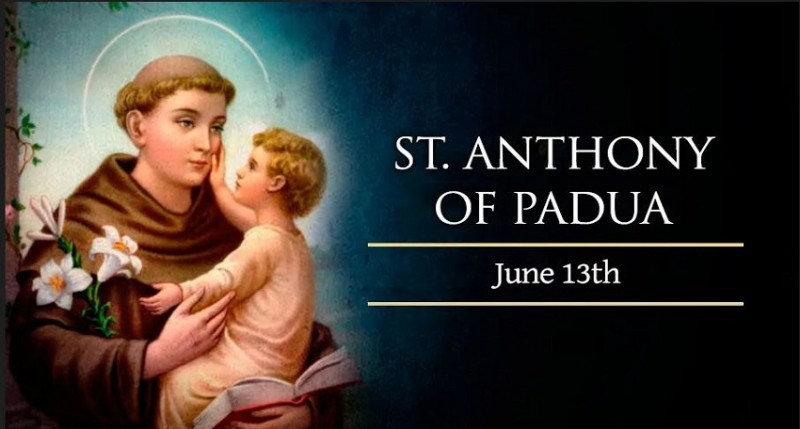
The Feast of St. Anthony, also known as the Feast of St. Anthony of Padua, is a cherished and vibrant religious celebration observed by Catholics around the world. Celebrated annually on June 13th, this event honors St. Anthony, a beloved saint renowned for his miraculous intercessions and patronage over various causes. This article delves into the rich history, traditions, and customs associated with the Feast of St. Anthony.
A Brief History
St. Anthony of Padua, originally named Fernando Martins de Bulhões, was born in Lisbon, Portugal, in the 12th century. He dedicated his life to God and the service of others, becoming known as a powerful preacher, healer, and miracle worker. His deep devotion to the Scriptures and his commitment to helping the poor earned him the title "Wonder-Worker." St. Anthony's influence spread far and wide, touching countless lives across the globe.
The Feast of St. Anthony began in Padua, Italy, where the saint spent his final years and passed away on June 13th, 1231. Initially a local celebration, the feast quickly gained popularity and spread to various countries, becoming a significant event for millions of faithful followers.
Celebrations and Traditions
In Indore, Madhya Pradesh, the Catholic community is preparing to celebrate the feast day of St. Anthony on June 13. A special march will commence from Red Church in Indore to St. Anthony Church in Mhow at 5:30 am. Devotees from Indore, Dewas, Ujjain, and other districts will gather in Mhow to partake in the festivities.
Special Masses: Churches dedicated to St. Anthony hold special Masses on his feast day. These services focus on his life, teachings, and the miracles attributed to him. Devotees attend these Masses to seek blessings and pray for their intentions.
Processions: One of the highlights of the Feast of St. Anthony is the vibrant processions held in various cities and towns. Participants, often dressed in traditional attire, carry statues or relics of St. Anthony through the streets, accompanied by music, prayers, and hymns. These processions are both solemn and joyous, bringing communities together in a shared expression of faith.
Blessing of Bread: St. Anthony is famously known as the patron saint of lost items. A cherished tradition during his feast involves the blessing of bread, known as "St. Anthony's Bread," which is then distributed to the faithful. This blessed bread is believed to hold special spiritual significance and is often consumed or kept as a sacramental.
Acts of Charity: Inspired by St. Anthony's compassion for the poor, many devotees use the feast day as an opportunity to practice acts of charity and almsgiving. Donations are made to help the needy, reflecting the saint's dedication to serving the less fortunate.
Miracles and Intercessions: The Feast of St. Anthony serves as a reminder of the countless miracles attributed to his intercession. Devotees often share stories of answered prayers, healings, and remarkable interventions, fostering a sense of hope and inspiration within the community.
Significance of the Feast
The Feast of St. Anthony holds immense spiritual and cultural importance. It provides an occasion for Catholics to honor and seek the intercession of this beloved saint. Through processions, Masses, bread blessings, and acts of charity, devotees express their devotion and gratitude while celebrating St. Anthony's life and his impact on the world. This annual celebration continues to unite communities, strengthen faith, and inspire individuals to follow St. Anthony's example of compassion and selfless service to others.